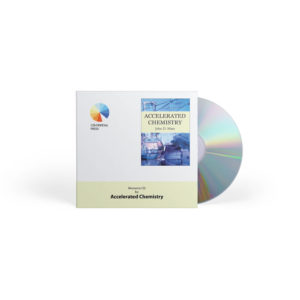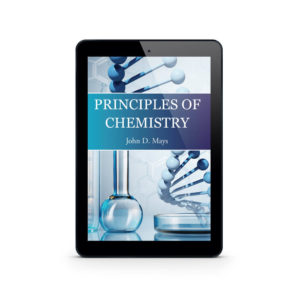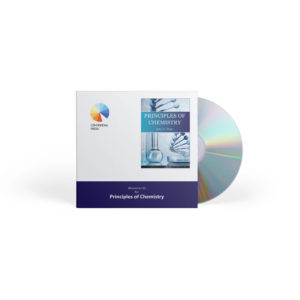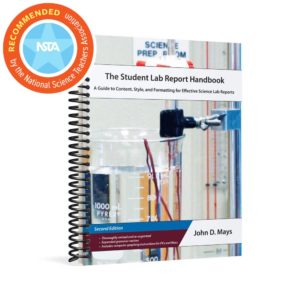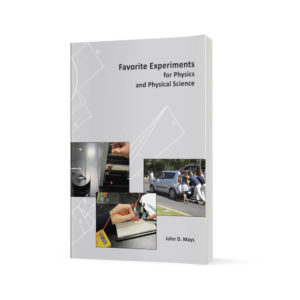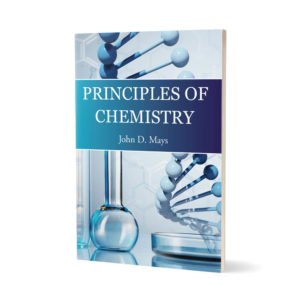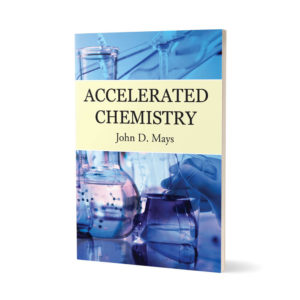Chemistry Experiments for High School
A student manual with 20 excellent chemistry experiments that illustrate concepts and foster real-world lab skills. Requires standard high school laboratory facility.
ISBN: 978-0-9907397-6-9
Description
** Note: This book is produced by print-on-demand service and may take 2-4 weeks to ship.
View Errata | View Tips and Tools
A laboratory practicum incorporating a series of quantitative experiments is an essential component of any high school or college chemistry course. It is one thing to read about precipitations; it is another thing to see the precipitates form with your own eyes. Lab experience also provides students with practice using standard laboratory apparatus and methods. Finally, there is nothing like laboratory practice to give students a feel for how the stoichiometric calculations learned in the classroom relate to the predictions and results of an actual experiment
This manual is the student’s guide to accompany the Centripetal Press textbooks Principles of Chemistry and Accelerated Chemistry. Included are instructions for 20 experiments, materials lists, safety issues, discussion questions and more. Pages are perforated for easy removal of the Short Form Report Sheet which is to be filled out and turned in after each experiment.
The experiments in this manual are designed for schools with standard laboratory facilities and equipment. If your school does not yet have such facilities, we suggest you take a look at our other experiments book, Chemistry Experiments for High School at Home (CEHSH). The experiments in CEHSH are rigorously quantitative, just as they are in CEHS.
For chemistry, or any high school science experiment, we recommend The Student Lab Report Handbook as a companion guide to show students how to prepare excellent lab reports.
Experiments
- Identification of Substances and Physical Properties
- Separation of Components in a Mixture
- Flame Tests and Metal Cation Identification
- Determining the Empirical Formula of a Copper Chloride Hydrate
- Activity Series
- Limiting Reactant and Percent Yield
- Intermolecular Forces
- Molarity
- Mole Amount of a Gas
- Metathesis Reactions
- Acid-Base Titration
- Effectiveness of Antacids
- Calorimetry and Hess’s Law
- Rate Law Determination for the Acid-Catalyzed Iodination of Acetone
- Le Châtelier’s Principle
- Titration Curves and Ka
- Determination of the Percentage of Iron in Iron Supplements—Redox Titration
- Electrochemical Series
- Synthesis of Aspirin
- Calorimetry of Organic Compounds


